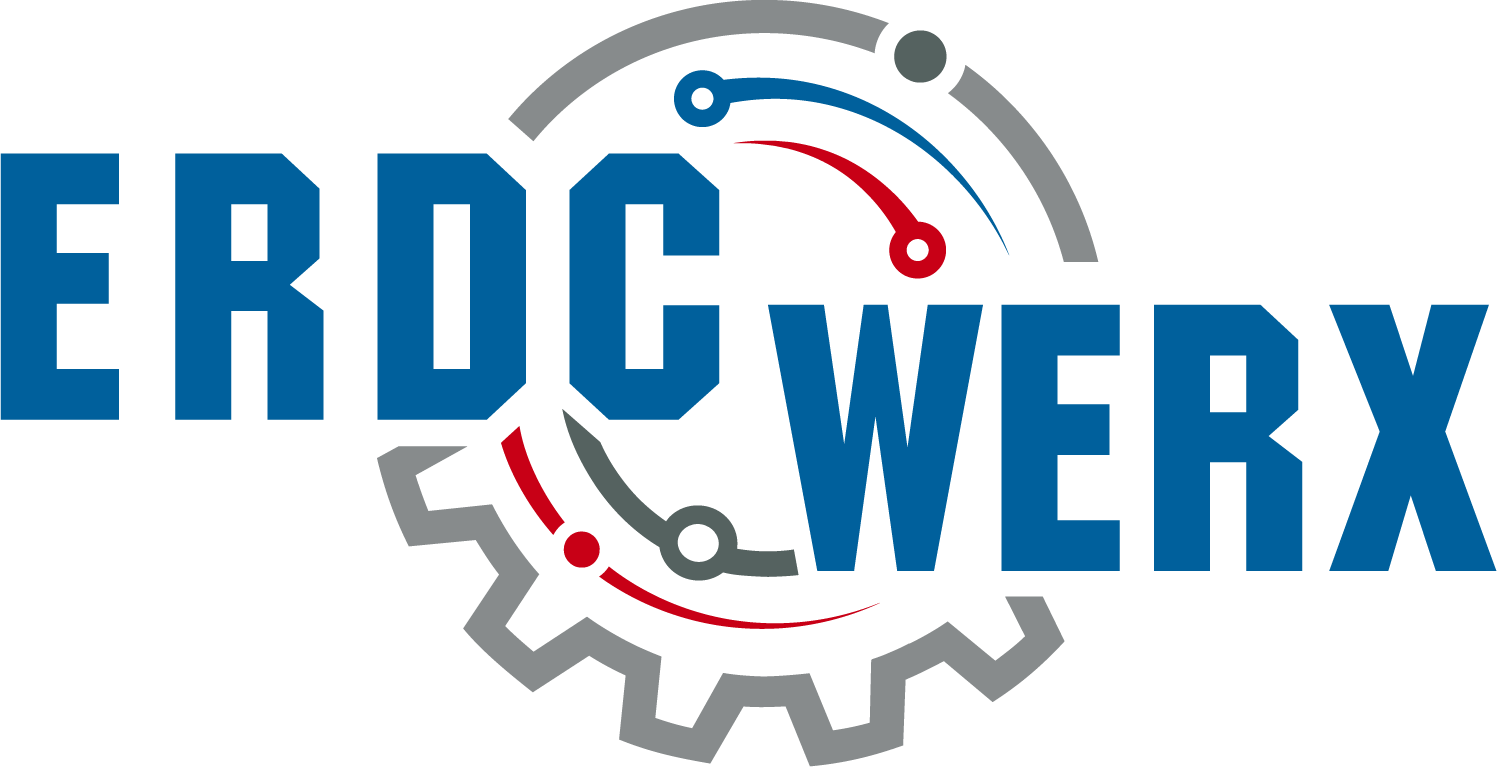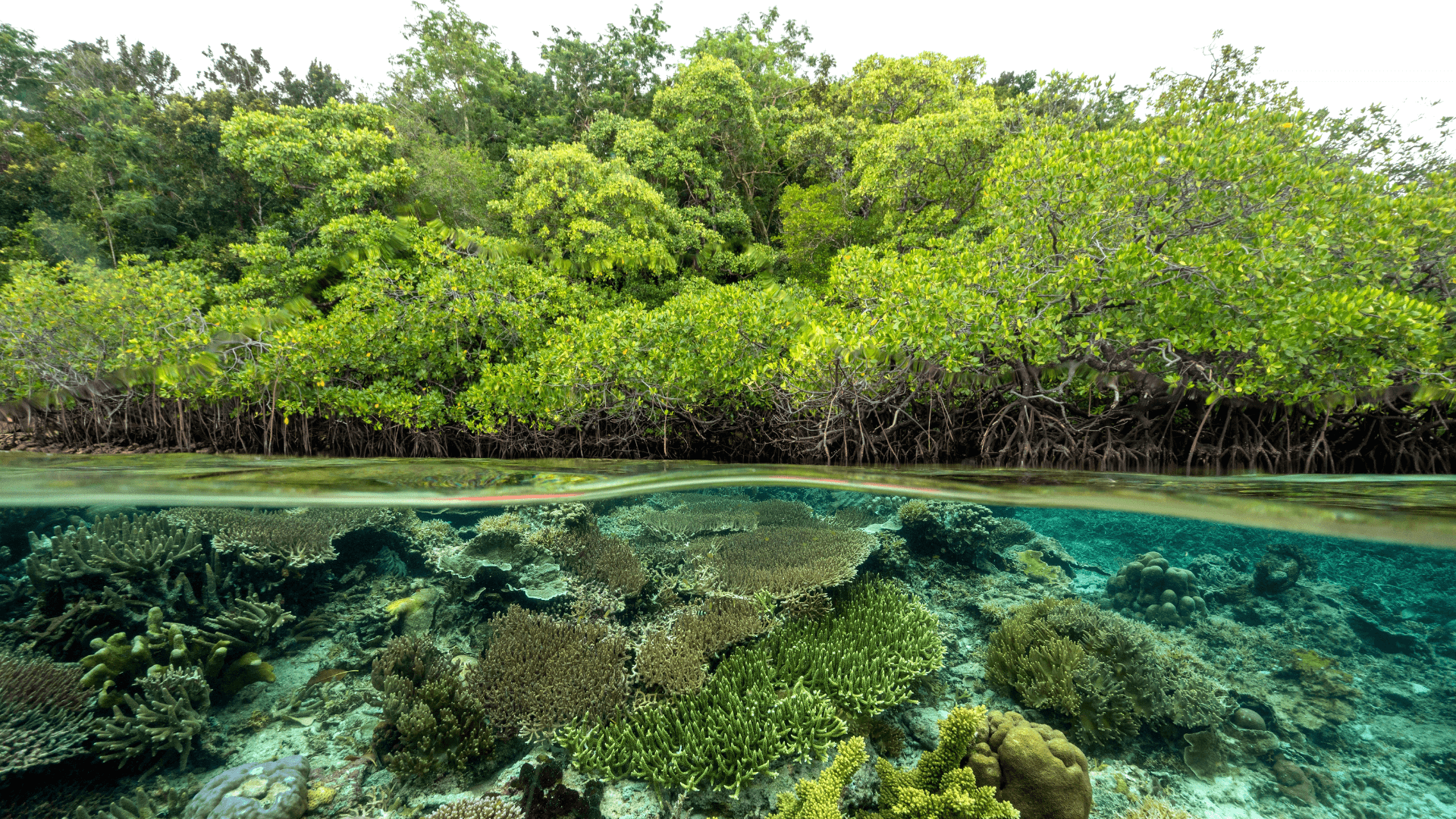The U.S. Army Engineer Research and Development Center (ERDC) is interested in solutions that address identified needs in the civil works arena. This multi-phased tech challenge is a competitive opportunity to present new, novel, or provocative solutions. The deadline for submissions is June 26, 2023, for all listed individual program requirements. A notional project schedule is provided below.
Why You Should Participate
This collider is designed to save time and accelerate progress while spotlighting some of the nation’s greatest needs and most significant opportunities for R&D collaboration. Submissions that are favorably evaluated by ERDC subject matter experts may be hosted for virtual pitch and/or demonstration while being considered for possible near-term funding.
This multi-topic tech challenge is centered around individual program requirements. It is considered competitive as defined in the Commercial Solutions Opening and Broad Agency Announcement documents contained herein. ERDC anticipates awarding up to $20,000,000 in new partnerships during FY 2024 under this solicitation. Proposals with a multi-year scope that address current and follow-on opportunities, up to five years in duration, are desired. Individual awards of up to $500,000 per year are anticipated.
Individual Program Requirements
Civil Works project opportunities exist in basic and applied research and commercial solutions.
Basic and Applied Research
Basic research is defined as research directed toward increasing knowledge in science with the primary aim being a fuller knowledge or understanding of the subject under study, rather than any practical application of that knowledge. Applied research is the effort that normally follows basic research, but may not be severable from the related basic research; attempts to determine and exploit the potential of scientific discoveries or improvements in technology, materials, processes, methods, devices, or techniques; and attempts to advance the state-of-the-art.
Instructions and guidance for submission are provided in ERDC’s Civil Works Broad Agency Announcement.
The Corps of Engineers requires a robust understanding of existing conditions of built infrastructure to support optimized asset management approaches and maintenance prioritization. New and advanced inspection technologies are required to improve our ability to detect and quantify conditions in infrastructure projects. The technologies will require fundamental research to improve our understanding of mechanisms and their utility for infrastructure assessment. This effort focuses on fundamental research on advanced non-destructive evaluation (NDE) systems and geophysical characterization technologies for concrete, steel, and geotechnical infrastructure systems. The work will focus on NDE tools and related fundamental research that will advance the Corps’ future infrastructure assessment methodologies. The following basic and applied research topics are of interest:
- Study and method development for utilization of raw X,C,L, and S band synthetic aperture radar data, processing, and basic analysis for interferometric SAR (InSAR) applications in geotechnical and structural infrastructure assessment.
- Identification, feasibility, and practicality of geophysical / seismic imaging technologies, models, and underlying mechanisms that enable characterization of subsurface geology and blanket thickness beneath a levee or other earthen structure.
The advancement of mobile robotic systems that can integrate sensors and manufacturing technologies have tremendous potential to modernize the Corps’ long- term approach to conduct repair and maintenance operation. This effort will focus on three lines of effort to develop and demonstrate robotic capabilities for critical infrastructure repairs: (1) ground and underwater highly portable robotic platforms, (2) nondestructive evaluation and sensing systems, (3) manufacturing approaches that allow for in-situ concrete, steel, and coating repairs. To enable these future technologies, fundamental research in multiple areas is required, to include the following priority areas for basic and applied research:
- Robotics based concrete assessment and repair to include novel sensing technologies, models for damage characterization, and chemical / mechanical assessment to include cracks, scaling, delamination, corrosion, and other phenomenon.
- Fundamental study of processes and methodology for underwater additive friction stir deposition for manufacturing and repair in-situ on infrastructure projects.
- Repair of corrosion damage or pitted surfaces using additive manufacturing with limited surface preparation to study surface preparation procedures, materials and manufacturing sciences, and lifecycle durability factors of repairs.
This initiative focuses on rapidly advancing materials and systems with significant potential for reducing the embodied energy of infrastructure. The effort will leverage development made in prior interagency projects focused on sustainable materials for next generation transportation infrastructure as well as many recent advancements in industry on alternative low GHG emitting cement chemistries, carbon-capture / carbon sequestration construction materials, and bio-based building products. Benefits of this effort will be a reduction in lifecycle carbon footprint of construction materials used in Civil Works megaprojects, particularly concrete. To support these activities, fundamental study is required in the following areas for basic and applied research:
- Performance-based test methods and testing methodologies for concrete materials and mixtures including novel cement chemistries and alternative cementitious materials.
- Multi-physics / chemo mechanical modeling of alkali-silica reaction, expansion, and damage in mass concrete to include constitutive modeling development.
- Life cycle assessment modeling approaches of sustainable materials for mass concrete.
- Fundamental studies of lower-embodied-energy cements and alternative cementitious materials.
- Study of viability and engineering approaches of reinforced carbonated cement chemistries and concrete to ensure lifecycle durability.
- Chemo-mechanical modeling of concrete for performance and durability.
Damage caused by overtopping of geotechnical structures, such as dams or levees, is a potential source of disastrous consequences for the U.S. public. There exist several potential technologies and methodologies that could be implemented by USACE to mitigate this damage and reduce losses due to flooding, such as novel soil treatments and coatings. Studies are needed to evaluate the full spectrum of available technologies and the associated knowledge gaps which would prevent implementation into practice. Research is needed to fill these knowledge gaps and to test the usage of technologies at operational projects. A full understanding of the design and implementation of mitigation strategies will require advancements in modeling and prediction of the overtopping failure modes, necessitating R&D focused on the modeling and understanding of the underlying physics based on numerical and physical testing. Areas of interest for basic and applied research include:
- Conceptual development, testing, and modeling / characterization of novel overtopping mitigation strategies and materials.
- Fundamental study of soil aging and other environmental factors on soil erodibility and overtopping performance and development of design approaches.
The USACE is the nation’s leading flood risk management agency. USACE districts and research laboratories has been actively investigating and managing the threats to the nation’s coastal areas from compound flooding (CF) events. The USACE, through active and robust collaboration with partner agencies, has made advancements in the simulation of inundation impacts of CF. Significant work is required to establish a cohesive framework to pro-actively manage the risk presented by CF events. At maturity this framework should provide an encompassing approach to all aspects of CF including technical guidance, long-term data collection-monitoring, enhanced numerical modeling and a robust statistical approach to the coincidence of events that create CF. Areas of interest for basic and applied research include:
- Social and Economic Justice (SE&J): Priority areas include techniques and methods to help in the quantification S&EJ for flood risk management cost-benefits analysis.
- Inland Hazards System: Assistance in the conceptual and operational development of a probabilistic Inland Hazards System that includes precipitation, and river flow while maintaining the possibility of expansion to other inland water hazards.
Coastal and estuarine environments are critical for local water resources and environmental quality and play a disproportionately large role in global carbon and nutrient cycling relative to their physical area. Coasts and estuaries are also undergoing rapid changes in response to sea level rise, sediment management, and pollution from anthropogenic nutrient and carbon additions, yet their rates and processes of biogeochemical cycling and susceptibility to long-term changes remain poorly characterized. Long-term monitoring of coastal and estuarine water quality is therefore needed to quantify baseline physical and biogeochemical properties, as well as identify changes over time in response to human impacts.
- Numerical Model Formulation: Assistance in the formulation, employment, and future integration of numerical modeling technologies for groundwater and urban pipe networks for future modernization of USACE modeling tools.
USACE has several flood risk management projects that require the capabilities of efficient and robust three-dimensional modeling software utilizing computational fluid dynamics (CFD) and capturing fluid structure interaction (FSI) effects. This effort supports USACE priorities of Mitigate and Adapt to Climate Change, Modernize our Nations Infrastructure, and Support Resilient Communities. USACE priorities of these projects include but are not limited to gated control structures, spillways, stilling basins, pump stations, dredge head design, breakwaters, seawalls, levees, etc. Basic and applied research proposals are sought in the following area:
- Computational Fluid Dynamics: Formulation of user-friendly tools for employment of USACE CFD codes such as OpenFoam and Proteus. Fundamental research may lead to development of a user friendly interface that integrates with the USACE Surface Modeling System (SMS).
Commercial Solutions
ERDC seeks to accelerate the application of commercially-derived solutions into deployable capabilities. Commercial Solutions Opening (CSO) is a competitive procedure to acquire innovative commercial items, technologies, or services. These individual program requirements are being announced and supported by this ERDCWERX platform based on ERDC’s interest in a particular problem set for civil works.
Instructions and guidance for submission are provided in ERDC’s Civil Works Commercial Solutions Opening.
USACE and ERDC have invested in composite materials used for large-scale construction and in repair applications. Indeed, composite structures are being used currently at USACE projects. The durability of composites subjected to impacts, vibrations, abrasion, or cavitation must be investigated. The longevity of composites in various environments, such as with extreme temperatures or harsh chemistry must be investigated. Methods of inspecting, both visually and through use of non-destructive testing or sensors, for composites must be developed to provide engineers and asset managers necessary condition information, especially for life-safety structures. Further, repair and maintenance methods and requirements for composites must be understood or developed in order for USACE to maintain composite assets over a service life. Commercial solutions are sought in the following topic(s):
- Capacitive imaging technology development for defect detection during inspections or quality assurance of new composite structures
The Corps of Engineers requires a robust understanding of existing conditions of built infrastructure to support optimized asset management approaches and maintenance prioritization. New and advanced inspection technologies are required to improve our ability to detect and quantify conditions in infrastructure projects. This effort focuses on development and transition of advanced non-destructive evaluation (NDE) systems and geophysical tools for concrete, steel, and geotechnical infrastructure systems. The work will focus on NDE tools with mid to high technology readiness levels with partnerships with industry to evaluate and advance promising technologies. Commercial solutions are sought in the following topic(s):
- Backscatter computed tomography (BCT) methods and technologies to identify and characterize voids behind corrugated steel culverts and other steel surfaces
- Towable transient electromagnetic (TTEM) technologies for 3D subsurface imaging and geophysical investigations
The advancement of mobile robotic systems that can integrate sensors and manufacturing technologies have tremendous potential to modernize the Corps’ approach to conduct repair and maintenance operation. This effort will focus on three lines of effort to develop and demonstrate robotic capabilities for critical infrastructure repairs: (1) ground and underwater highly portable robotic platforms, (2) nondestructive evaluation and sensing systems, (3) manufacturing approaches that allow for in-situ concrete, steel, and coating repairs. The scope of the effort will evaluate technologies in these three lines of effort with a focus on integration of these systems onto common robotic platforms and demonstration and prototyping activities with applications focused on repairs and inspections on aging infrastructure projects. Commercial solutions are sought in the following topic(s):
- Meter+ scale rigid robotic manipulator systems for employment on mobile platforms for non-destructive sensing/inspection and future robotic repair technologies for concrete and steel
- Underwater ROV systems for remote operations on infrastructure projects including confined spaces. System should include capability or be capable of integration of material cleaning, demolition/machining, and repair technologies for concrete and steel structures.
- Portable cold spray and other mobile deposition technologies for field repair and retrofit of wear surfaces such as quoin and miter blocks, armoring, and other metal surfaces
- NDE methods and sensor systems for meter+ scale steel structures to detect defects including wear, corrosion, and fatigue cracking. Systems should be functional in field environments/exposure conditions on infrastructure projects.
- Meter+ scale long-strand/continuous fiber reinforcement additive manufacturing technologies for fiber-reinforced polymer composites for infrastructure projects
- Large scale structural thermoplastic technologies for infrastructure projects
- Rapid custom cast metal part fabrication using additive manufacturing of sand molds
Damaged caused by overtopping of geotechnical structures, such as dams or levees, is a potential source of disastrous consequences for the U.S. public. There exist several potential technologies and methodologies that could be implemented by USACE to mitigate this damage and reduce losses due to flooding, such as novel soil treatments and coatings. Studies are needed to evaluate the full spectrum of available technologies and the associated knowledge gaps which would prevent implementation into practice. Research is needed to fill these knowledge gaps and to demonstrate the usage of technologies at operational projects. A full understanding of the design and implementation of mitigation strategies will require advancements in modeling and prediction of the overtopping failure modes, necessitating R&D focused on the modeling and understanding of the underlying physics based on numerical and physical testing. Commercial solutions are sought in the following topic(s):
- Geotechnical infrastructure failure modeling tools/software to predict overtopping and erosion-induced failure in earthen levees and dams and associated structures. Proposed solutions should include uncertainty quantification based on probabilistic prediction modeling.
USACE has several flood risk management projects that require the capabilities of efficient and robust three-dimensional modeling software utilizing computational fluid dynamics (CFD) and capturing fluid structure interaction (FSI) effects. This effort supports USACE priorities of Mitigate and Adapt to Climate Change, Modernize our Nations Infrastructure, and Support Resilient Communities. USACE priorities of these projects include but are not limited to gated control structures, spillways, stilling basins, pump stations, dredge head design, breakwaters, seawalls, levees, etc. Commercial solutions are sought in the following topic(s):
- Software tools for USACE CFD models and computational codes include OpenFoam and Proteus. System should include GUI that is comparable to other commercial offerings for integration into Surface Modeling System (SMS) suite of software.
Notional Project Schedule
| May 23, 2023 | Submissions open |
| June 26, 2023 | Submissions close |
| July 5-25, 2023 | ERDC completes review of submissions/virtual pitches hosted by ERDCWERX, if necessary |
| August 4, 2023 | ERDC selects final candidates and requests full proposals from selected industry/academia candidates |
| September 30, 2023 | Full proposals from industry/academia due |
| Early calendar year 2024 | ERDC anticipates contracts to be awarded pending funding availability |
Dates may vary to accommodate project team and participant availability.
Helpful Links
- Innovate! Partnering to Advance Civil Works R&D Video
- ERDC Slide Presentation
- ERDCWERX Slide Presentation
Each submission in response to this announcement will be considered a pre-proposal. Should ERDC’s review of the pre-proposal indicate a need for a full proposal, one will be requested by the Contracting Officer. All offerors must be registered and active in the System for Award Management (SAM) prior to pre-proposal submission.
How to Participate
1. Review FAQ
2. Once the solution is ready to submit, complete one of the following:
- Basic and Applied Research submission form
- Commercial Solutions submission form
Questions: The timeframe to submit a question has closed. FAQ has been updated periodically. It is the responsibility of the offeror to review FAQ prior to submitting a proposal.


